Diseases in animal herds have always been problematic for herdsmen. Although diseases and health problems occurred when animals such as swine, cattle, chickens, and horses were reared mostly outdoors, since the advent of confined growth and production of these animals in confinements housing hundreds of animals, the incidence, threat and spread of disease has increased astronomically. The negative effects of disease are magnified by the speed with which contamination can spread both within and between confinements.
It has long been known that disease often travels via animal to animal contact, perhaps through shared watering or feeding equipment and container or via airborne transfer. It is also theorized—and in some cases known—that air quality in general may affect the overall health, feed to gain ratio, or feed intake of the animals in addition to exacerbating symptoms of certain disease states.
Some disease examples that plague producers of swine and are related in some way to environmental transmission include the following, several of which include symptoms that may be reduced or contamination that may be mitigated by the uses of electrolyzed water (anolyte).
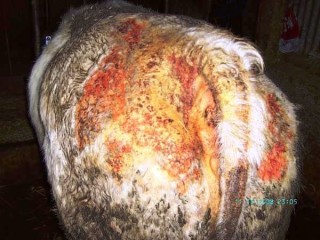 | 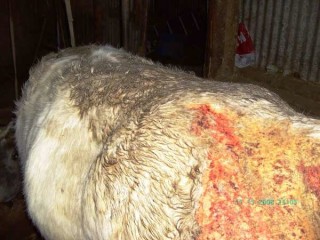 | 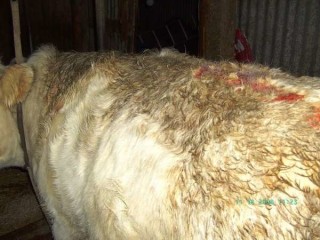 |
| Cow skin disease treated with Anolyte | ||
Although vaccine and/or treatment for many of the most common communicable or environment specific diseases of swine, cattle and poultry have been developed, it is not feasible to administer all vaccines to a single animal. The vaccines come with an economic price as well as a cost in labor and effort. They are often not immediately effective and, therefore, may be a wholly unnecessary cost for a herd that is never exposed. More importantly, many common diseases can be prevented through a solid program of good hygiene and animal husbandry, control of flies and biting insects, and selective vaccination when possible and feasible. Some cattle diseases might be addressed by body surface treatment, through watering facilities, or, where barns or other confinement arrangements are employed, good hygiene and animal husbandry may have a positive effect. Many poultry diseases and swine diseases may, likewise, be addressed by hygiene or treatment protocols for the confinement and its atmosphere.
What was needed was a simple, inexpensive, and effective means to improve water and air quality in animal confinements and reduce symptoms of respiratory and gastrointestinal diseases. Further, for animals outdoors there was a need for a full body treatment to reduce presence of certain viral or bacterial load on the animal's skin and/or fur for reduction of the rate of transmission and infection.
Electrolysed oxidizing water (EOW) or in other words anolyte has been attracting attention as a disinfectant because of its strong microbicidal activities on a broad variety of bacterial pathogens including mycobacteria as well as bacterial endospores . Moreover, anolyte appeared to have an inactivative potential against bacterial endotoxin, exerts fungicidal activity, and is described to inactivate bacterial or fungal toxins probably by break down of such hazardous substances into non-harmful components .Because of the reported broad spectrum of microbicidal activities, anolyte is proving to be of considerable interest as a disinfectant in animal husbandry and veterinary medicine.
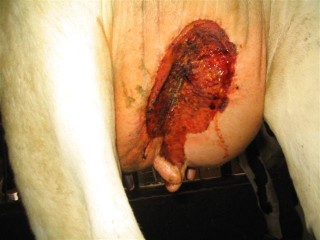 | 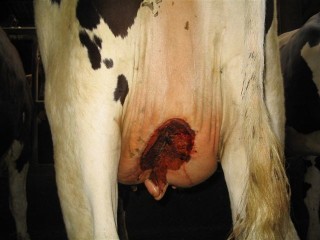 | 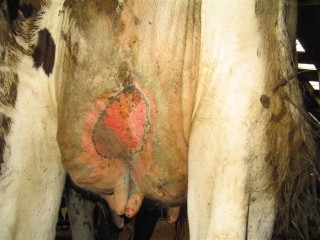 |
| Cow udder ulcer treated with Anolyte | ||
Applications identified but not limited to:
- Prevention of clinical and sub-clinical mastitis.
- Dry cow treatment
- Treatment of clinical mastitis
- Treatment of udder edema
- Prevention of sub clinical acidosis
- Treatment of teat cuts and abrasions
- Treatment of metritis
- Treatment of Trichomoniasis in bulls
- Treatment of calf scours
- Prevention of calf pneumonia
- Sterilization of milk lines
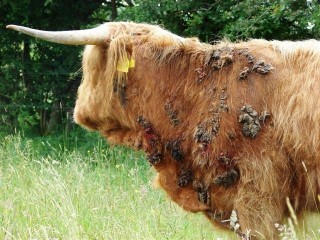 | 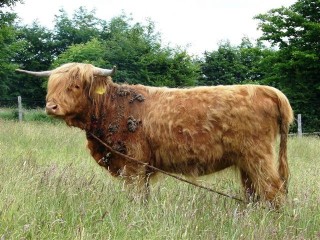 | 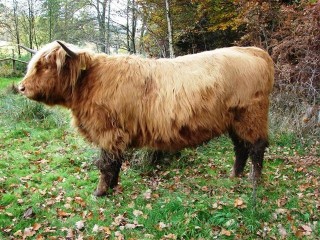 |
| Highland bull skin disease treated with Anolyte | ||
Other Applications:
- Trichomoniasis in Bulls - Anolyte sheath wash
- Calf scours - Anolyte dosing
- Calf pneumonia - Preventive fogging
- Milk powder - Catholyte diluent
- Hand wash - Milkers and staff
- Milk lines - Sterilant
- Bulk tank - Sterilization
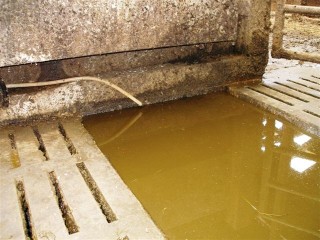 | 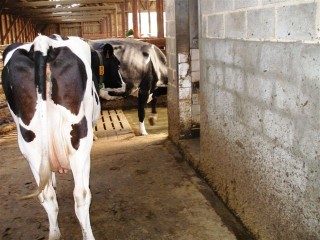 | 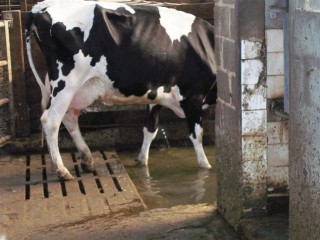 |
| Anolyte bath for hoof desease theatment. | ||
For detailed dosing ratio and types of activated solutions applicable, please send your enquiry ![]()

